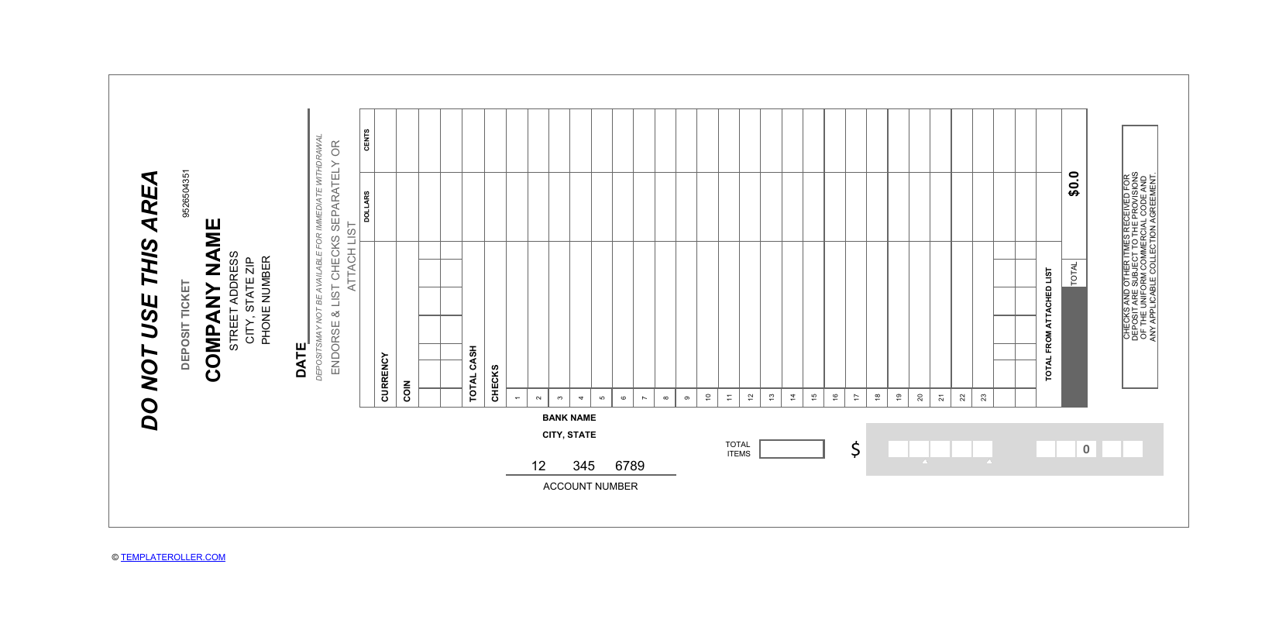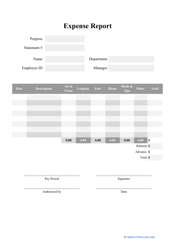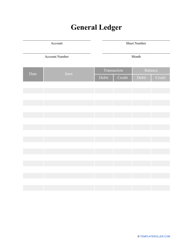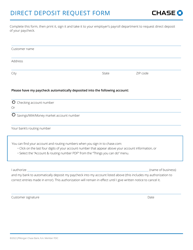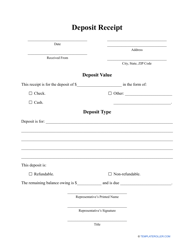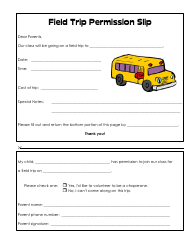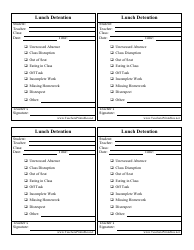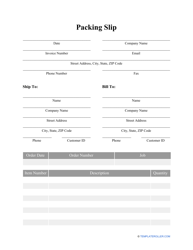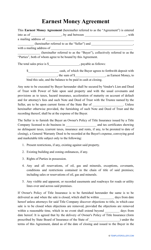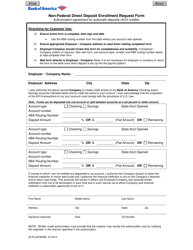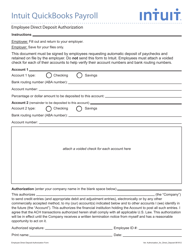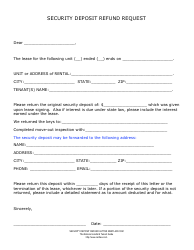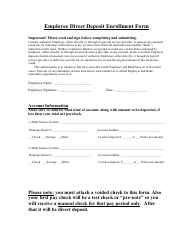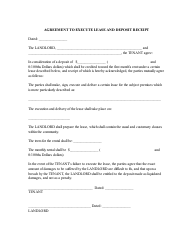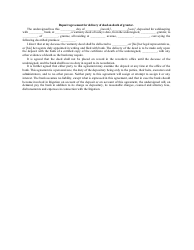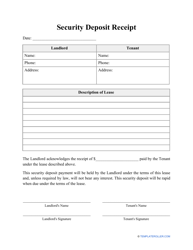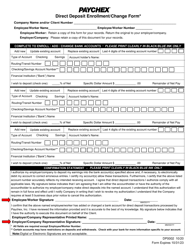Deposit Slip Template
What Is a Deposit Slip?
A Deposit Slip is a document that is used by bank clients to deposit funds, such as cash or checks into their bank accounts. A bank establishes a blank Deposit Slip and provides it to its customers to complete for documenting the items in a deposit transaction. The purpose of a bank Deposit Slip is to confirm deposits made by a client, verify that the amounts on the checks correspond to the slip, and make sure that the correct sum has been added to the depositor's account.
With a Deposit Slip, a client can deposit money both to their account and to the account of another person. This document also allows tracking the transfer of the client's money and other funds. Deposit Slips are used to deposit in person at a bank, by mail, and at some automated teller machines (ATMs).
A Direct Deposit Slip is a document that contains the routing/transit number and account number of the client and their agreement that their employer deposits money into this account each pay period. The client must obtain it from the bank and provide it to their employer. A printable Deposit Slip template can be downloaded through the link below.
How to Fill Out a Deposit Slip?
A Deposit Slip template must be filled in as follows:
- Depending on the deposit structure, a depositor must complete a Deposit Slip in different ways. Deposits may consist of cash, cash, and checks, or just checks, and the form must only be filled in by an applicant in black or blue ink.
- The applicant should enter their account number and indicate their name. Sometimes, Deposit Slips contain the account number of the depositor at the bottom. A check Deposit Slip can be found on the back of the depositor's checkbook. The name, address, and account number of the client should be printed there. If a bank did not provide the applicant with the checkbook, they should request Deposit Slips and their account number at an ATM.
- The date when the applicant deposits the cash should be indicated.
- Enter the cash amount to deposit. If the applicant does not have any cash to deposit, they should not complete this section.
- The applicant must specify each check or money order deposit, including each check number and its amount. Enter information about each one in a separate line. If the applicant does not have any checks to deposit, they should skip this section.
- Indicate the subtotal. It is the total sum of the cash and checks that the applicant must deposit.
- The applicant should enter the amount they would like to get back from the checks that they are depositing. When the entire deposit of the client consists of checks, they may request to withdraw cash now to avoid withdrawing money later. The applicant should complete this section if they wish any cashback from their deposit only.
- Enter the total deposit. It is the difference between the subtotal and the amount the applicant withdraws.
- The applicant must sign the form if necessary.
When Must You Sign a Deposit Slip?
The signature of the depositor is required when they withdraw cash from their deposit. In some Deposit Slips, the signature section contains an indication of signing, such as "Sign here if cash received from the deposit." In this case, some banks oblige their clients to print their name, sign the form, or both. If the depositor does not receive cash from this transaction, they should leave the signature space blank.
Still looking for a particular template? Take a look at these similar documents below:
